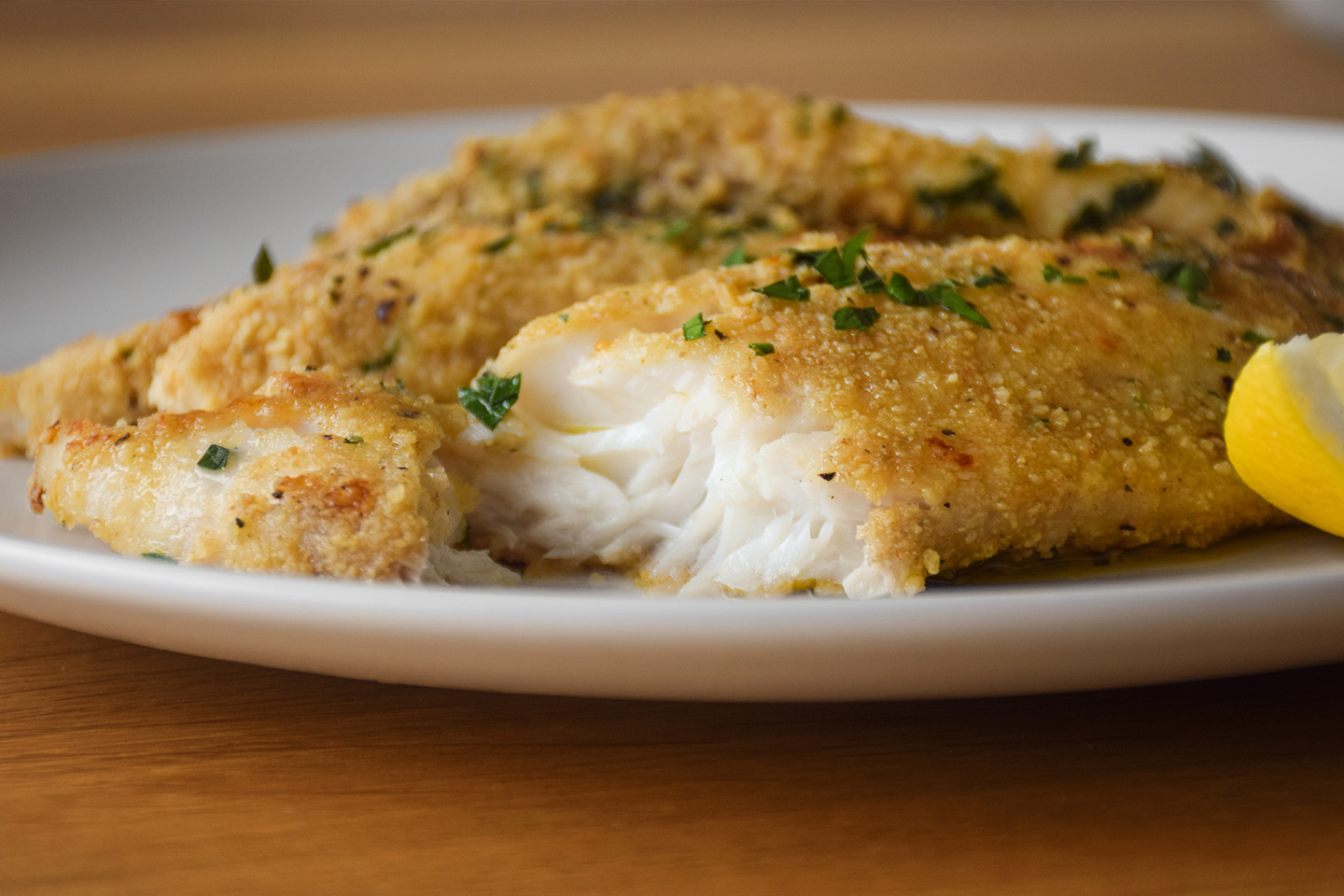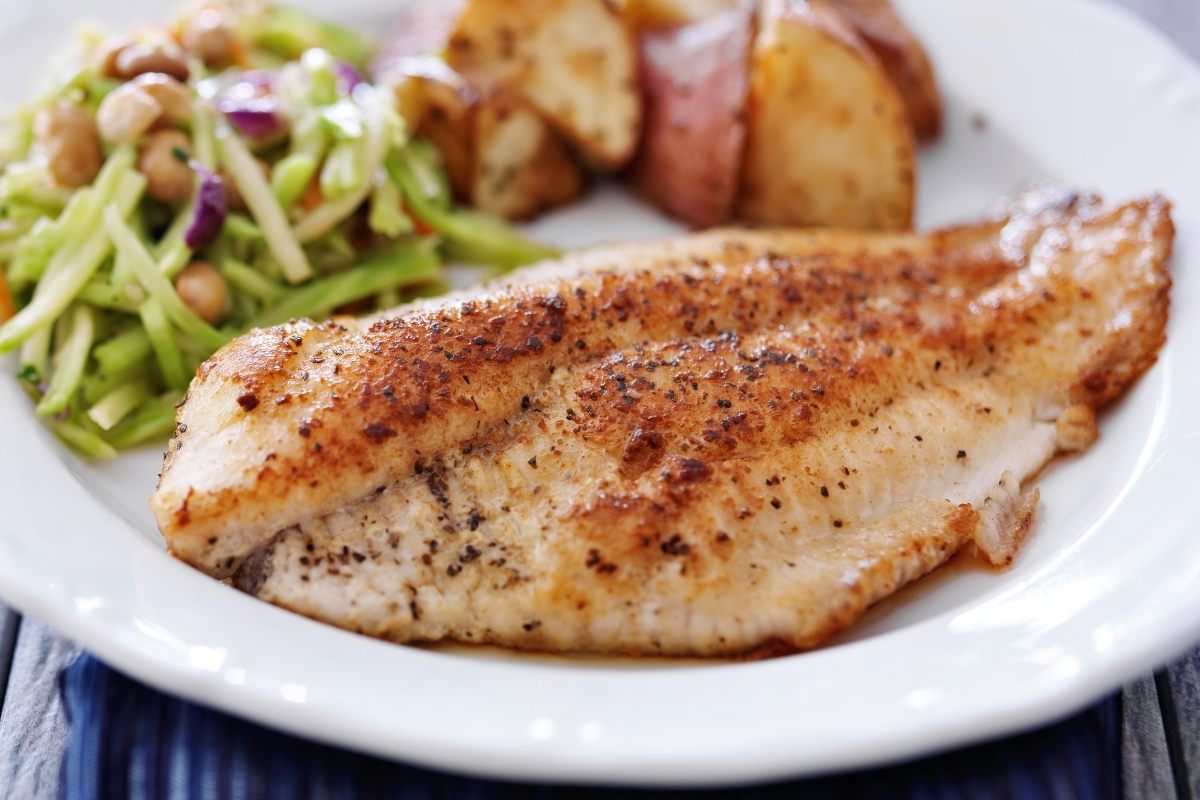The Ultimate Guide on How to Cook Fish in a Skillet: Mastering Delicious Fish Dishes
Written By James Morgan
Are you interested in how to cook fish in a skillet? Cooking fish can be a delightful endeavor and is one of the most satisfying skills you can add to your culinary repertoire. With the right techniques and knowledge, you can create the most incredible dishes that not only taste delicious but also elevate your dining experience. Whether you are cooking for yourself, your family, or hosting a gathering, knowing how to achieve the perfect skillet-cooked fish is essential.
Fish is not just an excellent source of proteins; it can also be rich in omega-3 fatty acids, making it a vital component of a balanced diet. Yet, many people shy away from cooking fish at home due to a fear of overcooking or undercooking it. By mastering the art of skillet cooking, you will be able to enjoy perfectly cooked fish that impresses every time.

Why Choose a Skillet for Cooking Fish?
A skillet is one of the most versatile pieces of cookware you could own. It is ideal for quite a few cooking methods, including frying, sauting, and searing. When it comes to cooking fish, a skillet offers a quick cooking option that ensures that the fish remains juicy while developing a delightful crust. The even heat distribution of a skillet allows for a controlled cooking environment necessary to achieve optimal results. Additionally, certain skillet techniques can enhance the flavors of the fish by incorporating aromatic ingredients into the cooking process. When you combine these important factors, you'll see why so many people are turning to skillets for their fish dishes.

Choosing the Right Fish
The first step in the overall process of learning how to cook fish in a skillet lies in choosing the right kind of fish. There are numerous varieties available, and each offers an array of flavors, textures, and cooking times. You can choose from well-known staples like salmon, cod, trout, and tilapia, or explore other options like snapper or halibut. Depending on your taste preferences, you may want to opt for a more robust and oily fish or a firmer and milder one. Each kind of fish has specific cooking needs, so it is essential to consider the cooking time and method required for optimal results.
Common Types of Fish to Cook in a Skillet
- Salmon: Rich in omega-3 fatty acids, salmon is a flavorful fish that is best cooked in a skillet for a rich, crispy crust.
- Cod: With a mild flavor and flaky texture, cod is easily cooked in a skillet and pairs well with various sauces.
- Sole: This delicate flatfish cooks quickly and is perfect for skillet cooking, as its subtle flavor pairs well with aromatic herbs.
- Trout: Tender and flaky, trout provides a beautiful treat, especially when topped with butter and herbs.

Essential Ingredients for Cooking Fish in a Skillet
Ingredients
- Fresh fish fillets: Choose your preferred type of fish.
- Salt and pepper: Essential for seasoning.
- Olive oil or butter: Used for frying and adds flavor.
- Garlic and herbs: For enhancing flavors.
- Optional spices: Chili flakes, paprika, or lemon zest.
You will need to season the fish with salt and pepper, as these essentials help to bring out the natural flavor of the fish without being overpowering. Using a good-quality oil or butter is crucial as well. They not only resist high temperatures but also contribute a delightful flavor profile to the dish as they cook. Garlic and herbs further amplify the dish, providing aroma and freshness.

Preparation Steps for Cooking Fish in a Skillet
Before diving into the cooking process, it is essential to prepare the ingredients and your cooking space properly. First, ensure that your fish is fresh; if it's frozen, make sure it has been adequately thawed. Place your fish on a cutting board and pat it dry using a paper towel. This step will help ensure that it sears correctly in the skillet.
Next, season the fish generously with salt and pepper on both sides. If youre using any optional spices, this is the point where you can add them to ensure they and their flavors are incorporated into the fish. You might also want to add a squeeze of lemon juice to brighten up the flavors.
As you prepare the fish, choose your favorite griddle or skilleta heavyweight and non-stick option is often best. Place your skillet on the burner and adjust to medium-high heat. Add in olive oil and let it heat until it shimmers. This is the perfect moment to add your seasoned fish to the heated skillet.
Cooking the Fish
Now comes the magical part: cooking the fish! Gently place your fish fillets into the heated skillet and resist the temptation to move them immediately. Let the fish cook undisturbed for approximately 3 to 5 minutes, depending on thickness. The fish should begin to develop a golden crust. Observe as the fish cooks, and you will notice the color rising up the sides of the filletthat's a sign it's done on that side.
Once the edges become opaque and the fillet is beautifully browned, it's time to flip. Use a high-quality knife or spatula and gently turn the fish over. Repeat the cooking time on this side, watching for doneness. Fish is usually done when it flakes easily with a fork and has reached an internal temperature of at least 145F (63C).
Finishing Touches: Aromatics and Sauces
For an extra layer of depth, consider adding aromatics and sauces during the final moments of cooking. Adding a couple of minced garlic cloves in the last minute can immensely enhance flavors and aromas. Similarly, adding herbs such as thyme, dill, or parsley as the fish finishes cooking allows the essence of the herbs to infuse into the fillets.
You can serve your beautifully cooked fish with a splash of fresh lemon juice or a simple sauce made from melted butter, chopped herbs, and garlic. The importance of these finishing touches cannot be overstated; they bring the dish together and elevate the overall flavor profile.
Cleaning and Maintaining Your Cookware
Once you have enjoyed your delicious fish meal, its crucial to take the proper steps to clean and maintain your cookware, ensuring their longevity. Using appropriate cleaning products is essential to keep your skillet in top shape and prevent the buildup of residue which can affect future cooking sessions. A reliable cookware cleaner can effectively remove unwanted particles and grease. Furthermore, utilizing cutting board oil to maintain your cutting board will enhance its durability while preventing cracking and warping.
With this knowledge and guidance at your disposal, you're now ready to indulge in the culinary art of cooking fish in a skillet. Remember, practice makes perfect, and the more you try, the more confidence youll gain! Dive into your kitchen and create extraordinary fish dishes that you and your loved ones can enjoy.
For more cooking tips and recipes, feel free to check out resources available on cooking blogs or culinary websites. And remember to share your fish cooking experiences with others!
As an Amazon Associate, I earn from qualifying purchases.



